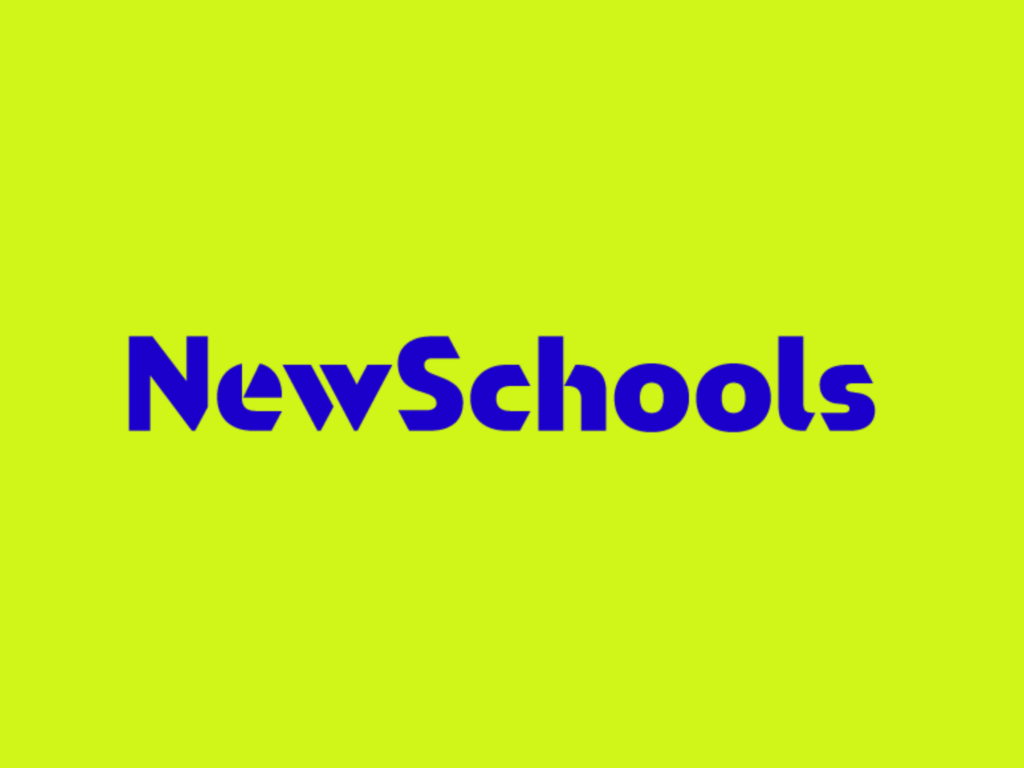Teaching Literacy in the New World of CCSS
Let’s start with an example. Read the following:
“Drew scored on Pedroia’s one-out sacrifice in the third, his hundredth RBI of the year.”
A baseball player will know: Pedroia was at bat and hit the ball so that Drew could run home. Pedroia got out in the process. Moreover Pedroia is having a pretty good season with 100 runs batted in, like this one.
What happened when different readers decode that sentence? Those with background knowledge of baseball learned more, and those without it fell further behind.
When it comes to teaching literacy, content and skills – l ike decoding specific words and citing their definitions – are inseparable. In a live session at NewSchools Summit, Doug Lemov (Uncommon Schools), Kyla Johnson Trammell (Oakland Unified School District), and Roberto Pondiscio (Democracy Prep) surfaced the above example and discussed the key approaches to elevating the rigor of reading instruction.
Doug Lemov opened with a strong point: it is very hard to measure and create dynamic change in literacy (top quintile teachers achieve annual gains at two-thirds the rate of top math teachers). Lemov laid out four key ideas to improve literacy in line with the Common Core State Standards:
1. We need harder texts. In his own words, Lemov claims “reading has increasingly become a game of leveling text for a student. This is important to establish fluency, but one of the most important things is to read a text above your comfort level and draw meaning from it.” Lord of the Flies and The Outsiders are lexically equivalent, but the former is much harder than the latter.
2. More non-fiction. Non-fiction texts can be dramatically different. For example, some texts might use archaic language and different voices.
3. “Close Reading.” Consider the King Lear quote “truth’s a dog that must a kennel.” Many students could take this and talk about truth and its role in the play. It is important they dig in to understand the minutia of the metaphor, the literal interpretation, why a dog, etc.
4. Writing directly from Text. Connect and process the content in one’s own words.
Roberto Pondiscio followed by discussing key practices under his general theme that “reading is not a skill you teach, it is a condition you create.” While reading requires tangible skills, comprehension goes far beyond.
“If you’re not building knowledge, you’re not teaching reading,” said Pondiscio. Keeping content and knowledge at the core of literacy helps avoid the “Matthew effect,” where those who know advance faster and those who fall behind lag more.
For Pondiscio, the “common core represents a profound shift form skills based vision of literacy to content based vision of literacy. If you cut out the science and art and history to make way for skills, you are not teaching literacy.”
The session closed with thoughts from OUSD Associate Superintendent Kyla Johnson Trammal, who compared teaching literacy under the CCSS to teaching under No Child Left Behind. Trammal pointed out that “under NCLB, many teachers let the curriculum be the driver. We are going to have to do a lot about re-teaching lessons on solid unit planning.” In broader terms, her point was to “move assessments away from the evaluative to the informative” in a way that you can build off foundational learning to advance all students.
Ultimately, implementing the Common Core State Standards supports the original intention of teaching literacy: to give students the skills to build on and acquire knowledge – in math, art, literature, history, and beyond.


